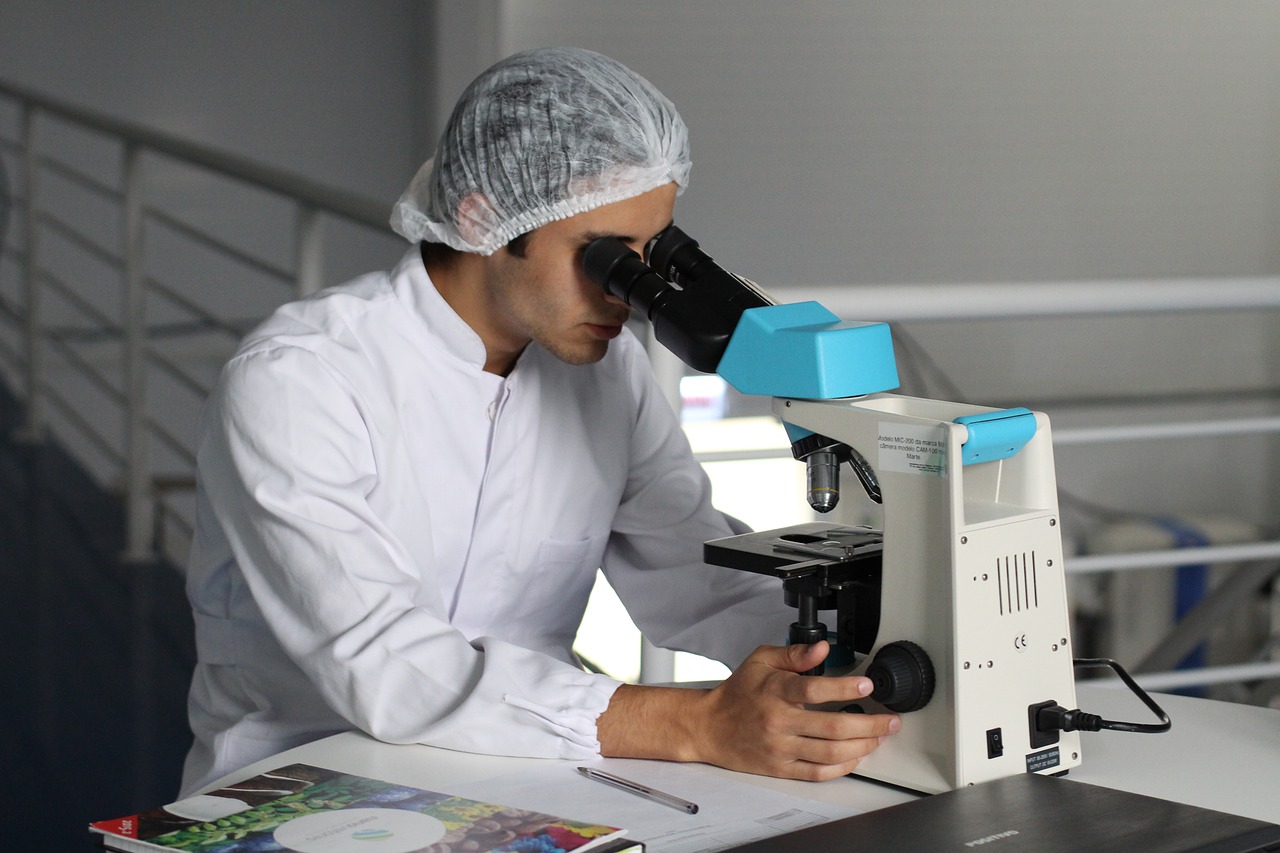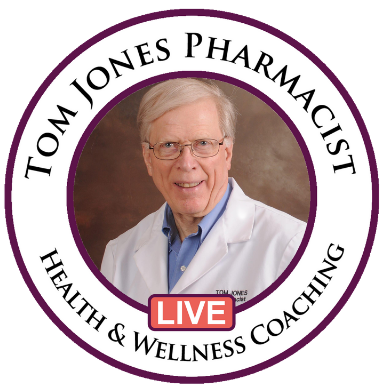
Today, we don't think twice about walking into a drug store to get a prescription or some non-prescription medication, however drug stores have a long and interesting history that dates as far back as 2100 B.C. Here are 10 drug store trivia realities you most likely didn't understand.
1. The RX symbol may have Egyptian Origins
The majority of people think that Rx is stemmed from the Latin word "dish", implying "take", but another interesting theory suggests that it progressed from the Eye of Horus, an Egyptian sign thought to have healing powers. Pharmacies and pharmacies have actually been around for a long time. The world's earliest prescriptions were etched into tablets around 2100 B.C. and Baghdad was home to a few of the earliest pharmacies, dating as far back as the 8th century.
2. Pharmacy was separated from medicine method back in 1240 A.D.
Today, pharmacy and medicine are seen as 2 unique specialties, mainly as a result of an edict presented by Frederick II of Hohenstaufen (Ho hen sto fen)in 1240 A.D.

Frederick II was Emperor of Germany and King of Sicily. This totally separated the responsibilities of physicians and pharmacists and put professional guidelines in place.
3. The very first drug recommendation book in England was created in 1618.
The book, Pharmacopoeia londinensis, was backed by King James I and permitted the Royal College of Physicians to create a master list of all understood medications, their indications for usage, and their impacts. Only drugs that appeared on the list were about to be produced or offered. Their motivation behind developing this book? Gain control over apothecary shops in London by restricting what they might offer. Nine editions were eventually released until the British Pharmacopoeia was published in 1864. This brand-new volume combined the London, Dublin, and Edinburgh pharmacopeias.
4. The very first hospital drug store in America opened in 1752.
The Pennsylvania Hospital was founded in 1751 in Philadelphia which at that time was the fastest growing city in the colonies.

It mainly looked after the bad and homeless struggling with physical and mental disorders. Benjamin Franklin himself played an essential function in bringing the vision for this health center to life, and is reported to have said, "I do not remember any of my political maneuvers, the success of which offered me at the time more enjoyment."
5. Coca-Cola was developed by a pharmacist.
In 1886, pharmacist John S. Pemberton produced Coca-Cola as a treatment for a lot of typical conditions. His bookkeeper, Frank Robinson, names the drink and writes it down in the loopy, flowing handwriting that became known as the brand's logo design. The beverage was based on cocaine from the coca leaf and caffeinated extracts from a kola nut-- hence the name, Coca-Cola. The cocaine was gotten rid of from the dishes in 1903. Pemberton offered his syrup to Atlanta soda fountains, and the rest is history.

6. The most costly drug expenses more than $70,000.
Myalept,(May a lept) a drug implied to treat an unusual orphan illness, costs $71,306. It is utilized to deal with a really uncommon condition called generalized lipodystrophy in which irregular fat is dispersed throughout the body. Myalept is the only drug readily available to treat this disease. Individuals with the condition self-administer the drug as soon as a day, utilizing about 14 vials a month. Each vial costs about $5,000.
7. Listerine is called after Joseph Lister who promoted using antiseptics at hospitals.
Listerine was developed by Dr. Joseph Lawrence who picked to name his work after somebody who motivated him. Joseph Lister was an English doctor and surgeon who believed in the principle of using sanitation and antiseptics in the operating room. Because of this practice, more patients endured surgeries and many infections were prevented. Lawrence took this concept and used it to create an item that could eliminate germs in your mouth the very same method.

8. Dr. Pepper was invented by a pharmacist in Waco, Texas.
Dr. Pepper stemmed at Morrison's Old Corner Drug Store. It was developed by a young pharmacist called Charles Alderton who sought out to produce a syrup that smelled like a pharmacy. Alderton enjoyed the method the fragrances of the syrups at the soda fountain mixed together and wafted through the air and captured that aroma in a drink. He attempted different combinations of syrup, keeping a journal of his experiments up until he arrived on a combination that was ideal.
9. The very first industrial drug was mass-produced in 1883.
The Industrial Revolution brought the technology required for mass-producing the very first industrial drug, antipyrine. It was sold to clients in a dosed pre-packaged type. Most pharmacists still customized made a lot of medications from raw components to match specific patients, however the innovation continued to advance.

Tablets and enteric-coated tablets were presented in 1884, and the gelatin pill was very first mass-produced in 1875. By the 1900s, the majority of drug stores stocked their shelves with prefabricated medications.
10. American's very first licensed pharmacist opened a pharmacy that provided standard medication along with Voodoo solutions.
A doctor is lecturing at a seminar. Like any great public speaker, he composed his speech out on notecards.
Regrettably, when he gets up to the podium, he finds that he just can't read his notes.
So, he states to the audience, "Is there a pharmacist in your house?"
-
Here's some paradox for you: Ignaz Semmelweis found out that medical professionals require to clean their hands after performing an autopsy on another physician who got ill from cutting his finger during surgical treatment.
-
During the Black Plague, doctors used amulets (appeals) made of dried blood and ground up toads!
-
During World War II, Britain feared that the Germans would invade their country and consequently, obtain their penicillin.
As a preventative step, researchers smeared pocket linings with the penicillin mold to transfer to the U.S.
-
Different types of animals are utilized for evaluating brand-new medications and products (mice, rats, bunnies and monkeys among others). Animal screening has assisted make possible life-saving drug discoveries.
-
It can take up to twenty years to develop a brand-new drug.
 Add Row
Add Row  Add
Add 




Write A Comment